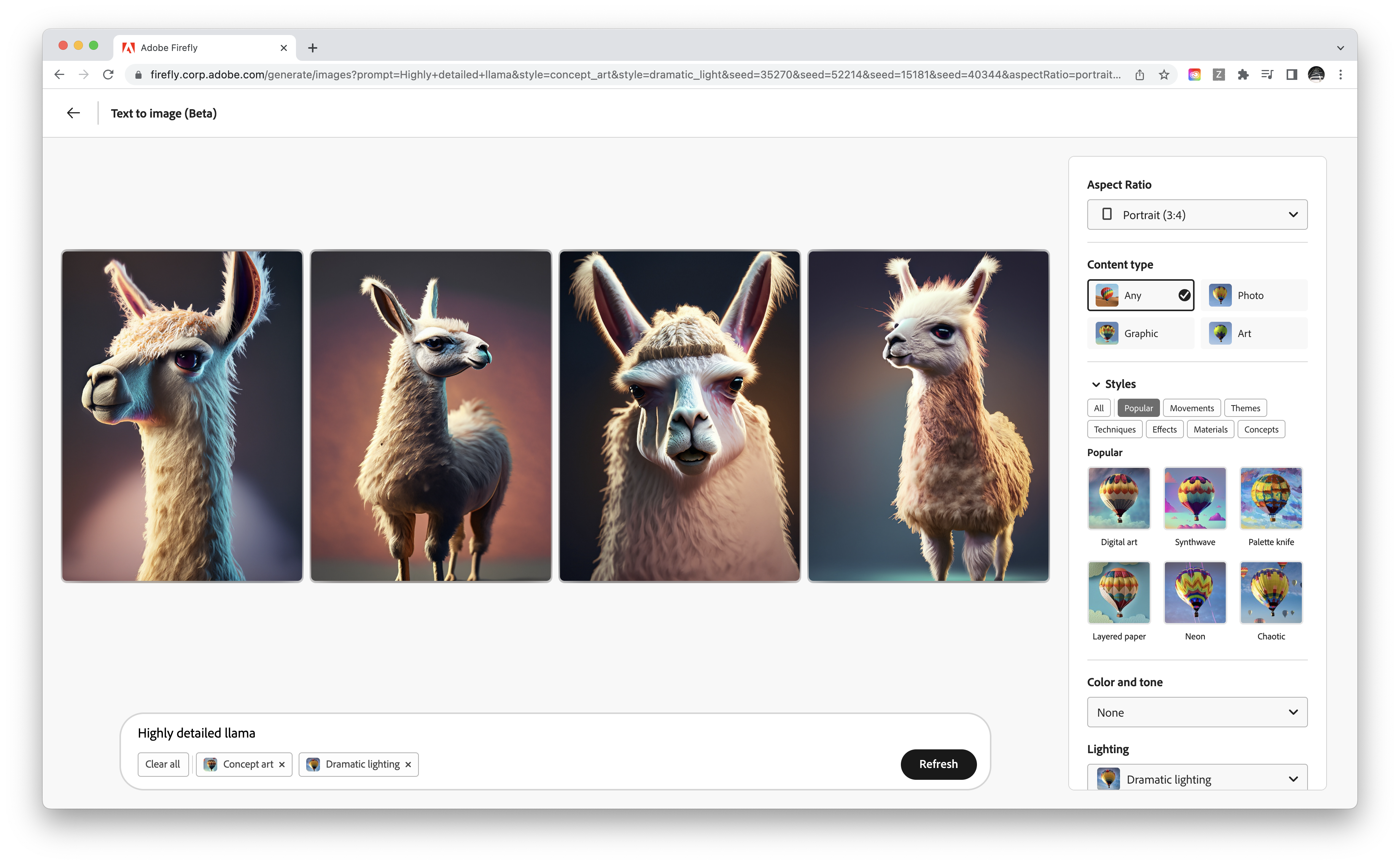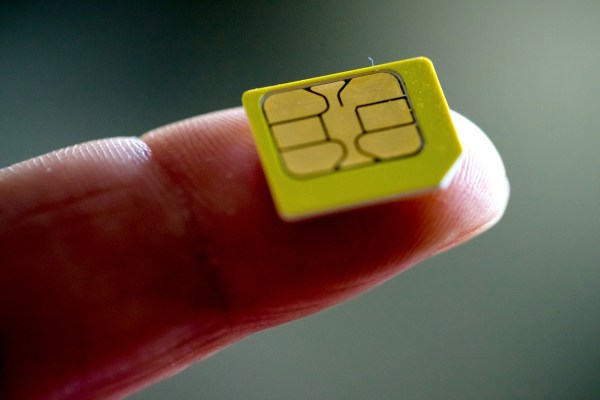As technology business start to profit from generative AI, the inventors on whose job it is actually taught are actually seeking their decent portion. Yet thus far nobody may settle on whether or even just how much performers must be actually paid out.
A recent available character coming from the Authors Guild authorized through much more than 8,500 authors, featuring Margaret Atwood, Dan Brown as well as Jodi Picoult, prompts generative AI business to end utilizing their jobs without effective certification or even payment. Performers, on the other hand, have actually delivered countless claims versus generative AI merchants like Reliability AI, MidJourney, as well as Microsoft concerning copyright as well as misusage.
Some merchants have actually given word to develop “inventors’ funds” as well as various other methods to spend the performers, writers as well as artists whose jobs they’ve made use of to establish their generative AI designs. Some possess also taken the action of actually launching claimed funds, which they’ve proclaimed as an approach a lot more reasonable, maintainable generative AI company designs.
So just how much can inventors reasonably count on to bring in coming from these funds?
It looks like a straightforward inquiry. Yet when you go into the a variety of payment plans that have actually been actually made a proposal through generative AI merchants, it’s one that shows incredibly complicated to address. Count on our company — our company made an effort. Consistently.
Vague terms
Generative AI designs “know” to produce pictures, songs, message as well as even more through identifying designs in a massive lot of instances, normally sourced coming from the openly obtainable internet. The instances — generally photographes, art work, sound as well as message — are actually commonly copyrighted laws or even posted under a usage certificate that merchants pay no attention to, as well as inventors are actually commonly certainly not also notified that their jobs are actually being actually made use of by doing this.
While some business establishing generative AI resources claim that they’re warranted in instruction on copyrighted laws jobs under the “decent make use of” teaching, a minimum of in the U.S, it’s a concern that’s not likely to become worked out anytime very soon. As well as lawful concerns apart, popular opinion has actually mainly moved responsible for inventors, a lot of whom create a ration reviewed to the billions technology as well as AI business are actually bring in.
So merchants featuring Adobe, Getty Images, Reliability AI as well as YouTube have actually offered — or even guaranteed to present — means inventors may cooperate their generative AI earnings. The issue is actually, the business haven’t been actually crystal clear regarding just how much, precisely, inventors may count on to gain. As well as for inventors looking at permitting a seller to qualify a design on their jobs, it doesn’t decide quick and easy.
Adobe, which teaches its own family members of generative AI designs, contacted Firefly, on pictures coming from its own inventory property public library Adobe Sell, states that it’ll shell out a once-a-year “perk” that’s “various for every factor.” The very first was actually paid out in very early September.
Adobe’s perk is actually located mainly on the complete lot of accepted pictures, angles or even depictions undergone Adobe Sell specification or even costs that were actually made use of for Firefly instruction as well as the “lot of licenses” their pictures created in the course of a year-long time frame, a speaker informed me through e-mail. Potential perks are actually readied to be actually figured out coming from brand new accepted pictures as well as downloads, implying that inventors can’t trust metrics in a previous perk time frame to anticipate their upcoming payment.
What’s each specific accepted graphic as well as certificate truly worth? Uncertain. Adobe decreased to inform our company.
All we understand for sure is actually, factors must get to a $25 lowest limit prior to they may bring in a drawback (except factors that acquired the very first perk settlement, that may remove at $1 in between September thirteen as well as December 12). It may take 8 to 10 company times or even even more to finish a drawback, Adobe states. As well as, rather amazingly for factors, the business creates no promise that it’ll spend perks .
But wait, it gets more complicated — and opaque.
The Firefly bonus is currently weighted toward the number of licenses issued for an image, the Adobe spokesperson said, which the company considers to be a proxy for the demand and “usefulness” of an image. Yet to what degree it’s weighted and whether the weighting will change in the future, Adobe wouldn’t say.
Getty Images also plans to pay contributors to its recently-announced generative AI tool on an “annual recurring basis,” according to a spokesperson. Content creators will get a “pro rata” (i.e. proportional) share for each asset they’ve contributed to the model training data set as well as a share based on “traditional licensing revenue.”
We asked for clarification on the licensing bit — and for a lot more information about the pro rata payments arrangement. Like Adobe, though, Getty Images wasn’t forthcoming about the specifics.
“There will be a set formula based on a number of different factors, as well as accordingly each contributor will receive different payments in connection with the tool,” the spokesperson said.
Getty Images competitor Shutterstock, which also offers a set of generative AI tools and sells its metadata and stock images to partners including OpenAI, distributes one-off payments via its Contributors Fund. The twice-a-year payouts are proportional to a creator’s contributions to Shutterstock’s content library, and creators receive additional compensation if new content produced by Shutterstock’s AI generators includes their work.
“Contributors will receive a share of the entire contract value paid by customers licensing data sets,” Shutterstock writes on its website. “Contributors whose content was used to train [models] will be compensated for the role their IP played in the development of the original models, as well as through royalty payments tied to future generative licensing activity.”
What’s the exact proportion, though? And what might that “additional compensation” look like? It’s anyone’s guess.
The best estimate we have is actually from stock photographer Robert Kneschke, who took it upon himself to survey 58 other photographers how much they were paid from Shutterstock’s Contributors Fund and factor in the size of their portfolio to calculate averages.
Kneschke’s survey found that the average revenue from the Contributors Fund was $0.0078 per image while the median was $0.0069 per image. Assuming those numbers are accurate, a photographer with around 2,000 images would make roughly $15 — not exactly an earth-shatting amount.
No dollar amount
Incredibly, those are the most concrete generative AI compensation schemes we were able to find. The others are more… theoretical.
When Stability AI announced Stable Audio, a model that generates music and sound effects given a text description, the AI startup said that it would — through its partnership with stock audio library AudioSparx — let musicians share in the profits generated by Stable Audio. All they’d have to do is join AudioSparx and opt to participate in the initial model training or decide to help train future versions of Stable Audio.
A few weeks later, the details of that revenue sharing scheme still being hashed out, according to AudioSparx EVP Lee Johnson.
“We haven’t yet received any earnings report from Stability AI, and it’s ‘early days’ still in terms of understanding the revenue that will be generated,” Lee told TechCrunch. “As such, it remains to be seen what sort of earnings the average contributor can expect to earn.”
Lee went on to say that contributors can expect to receive a share of the earnings generated by Stable Audio on a “residual, recurring” basis as long as they’re opted-in to participate in model training.
“Once we receive the first earnings report from Stability AI and are able to fully understand the various metrics and details of the information they’ll provide, we’ll then have the necessary information in hand to fully determine how to allocate the earnings to each of the participating artists,” Lee said. “There’s ongoing discussion between AudioSparx and Stability AI about some of the issues related to the metrics and earnings reporting and so this is all still very much under development.”
Elsewhere on the generative AI music front, YouTube, which in August unveiled a generative AI partnership with Universal Music Group, said that it plans to develop a structure that ensures music rightsholders get paid for their training data contributions. But when contacted for content, YouTube said that it’s in the “very early days” of building monetization models that take generative AI into account.
“A big part of that will be done by collaborating with our partners across the music business,” a YouTube agent claimed.
Tough luck, creators
Tellingly, none of the generative AI vendors we spoke with would give a dollar amount the average creator can expect to see after forking over their creations for model training.
Some vendors blamed the absence of data on the newness of the tech and business model. Others said that the range would vary too widely to give a useful figure.
But for creators — particularly those dependent on contract income to make ends meet — those are arguments that are likely to ring hollow.
Some startups are attempting to become more transparent — as well as creator-focused — from the get-go. Braia, which trains its art-generating AI strictly on licensed images, has a revenue sharing model that rewards data owners based on their contributions’ impact, allowing artists to set prices on a per-AI-training-run basis.
So far as we can tell, though, as things stand now, few vendors are making an especially compelling case that it’ll be worth artists’ whiles if they opt in to generative AI model training. At best, they’re offering hazy promises of future riches — as well as hazy promises don’t spend the lease.



